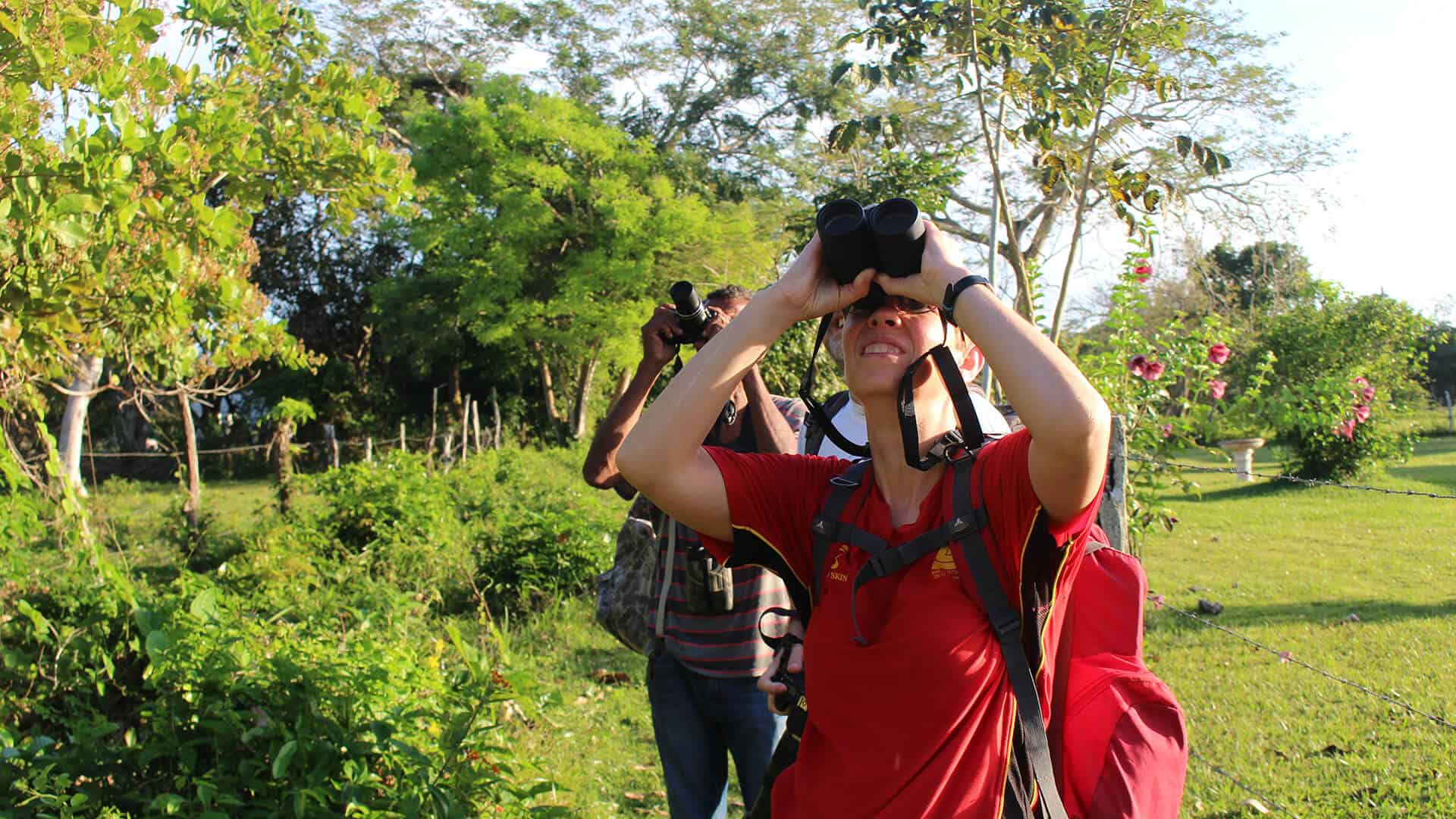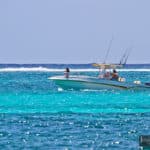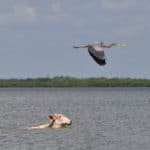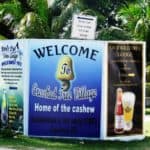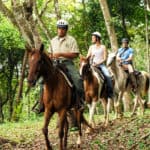No matter what time of the year it is, Belize is always the perfect destination for birding. Of the over 590 birds that call Belize home, approximately 80 percent of these birds are local and the rest are migrant species that fly down from North America every winter. This means that if you’re into bird watching, a variety of colourful and exotic birds can be spotted year-round all over Belize.
Related: Best Jungle Resorts in Belize and Top Belize Rainforest Tours
Hopefully, this news entices you to plan your next trip to Belize. If that’s the case, follow this guide to visiting the top hotspots to go birding in Belize, including a few recommended birding lodges that will make your stay extra special.
Top 10 best Birding Sites in Belize
1. Crooked Tree Wildlife Sanctuary

Located in Crooked Tree Village, the Crooked Tree Wildlife Sanctuary is one of the best bird watching locations in Belize. In 1998, the Sanctuary was declared Belize’s first Ramsar site based on the wetland’s international significance for many migratory and non-migratory wetland bird species. Large numbers of wading birds flock into the lagoons during Belize’s dry season (February through May) when food is hard to find in other places.
2. Mountain Pine Ridge Forest Reserve

Mountain Pine Ridge is a landscape of rolling pine forest spread over smooth, granite hillsides in the Cayo District. Bird watching is a popular activity within the reserve; species include the rufous-capped warbler, crossbill, pine siskin, stygian owl and eastern bluebird. If you visit between autumn and spring, you may also see the hepatic tanager and chipping sparrow. Raptors cruise the valleys of the Pine Ridge and it is the most likely place in Belize to see the rare Orange-breasted Falcon.
3. Cockscomb Basin Wildlife Sanctuary
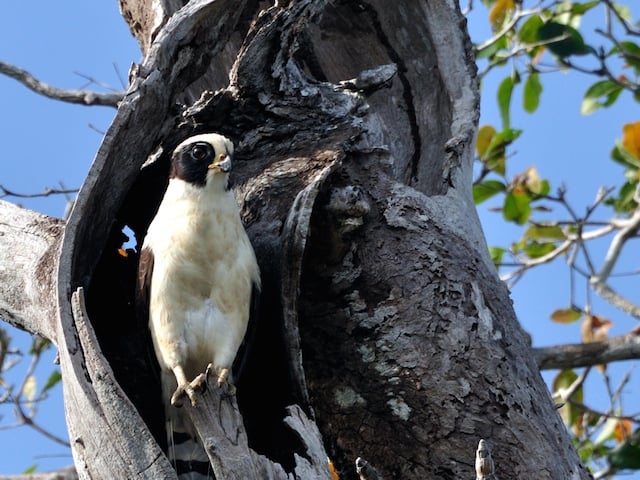
The Cockscomb Basin Wildlife Sanctuary is most popularly known as the world’s only Jaguar Preserve. Although visitors rarely see a jaguar, the many ecosystems of Cockscomb support a rich and varied bird fauna – forest species, pine woodland and savanna species, species restricted to riverine areas, and birds associated with higher elevations.
4. Caracol Archaeological Reserve

Located in Mountain Pine Ridge, Caracol Mayan Ruins is one of the last outposts where the Keel-billed Motmot, a globally vulnerable species is relatively common. Other notable birds seen at Caracol include the Ocellated Turkey, the Crested Guan, and the Great Curassow. While admiring the largest Maya site in Belize, you will also likely see colorful toucans and trogons.
5. Aguacaliente Wildlife Sanctuary
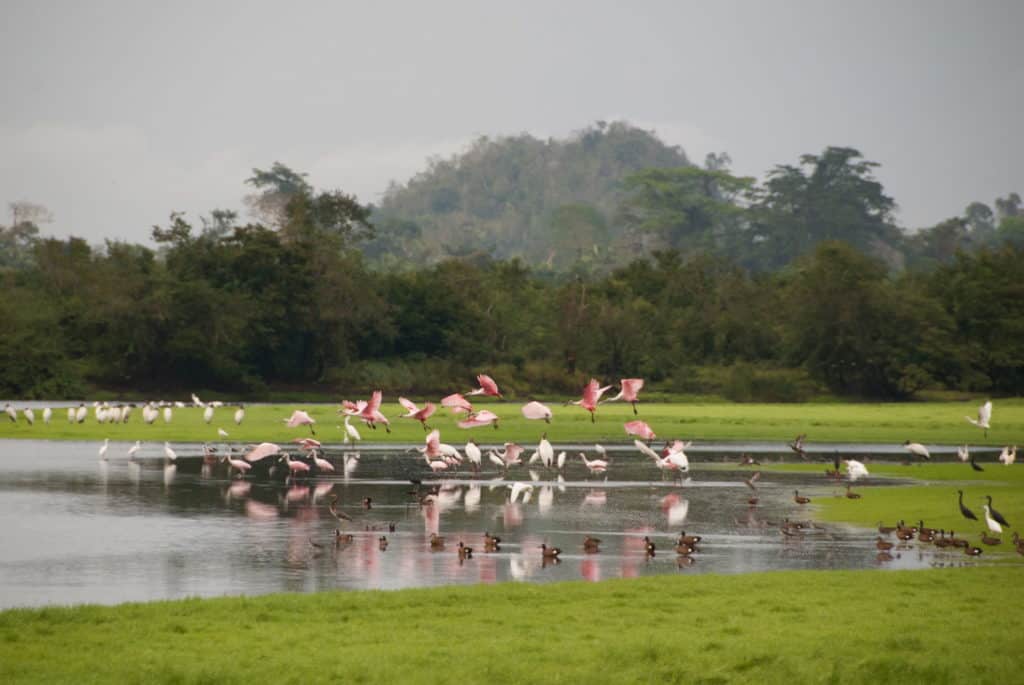
The Aguacaliente Wildlife Sanctuary is a nature reserve in the Toledo District in Southern Belize. Aguacaliente protects important breeding colonies for many birds, in the grass and along the water’s edge, common sightings include cormorants, wood storks, great blue herons, little blue herons, tri-colored herons, great egrets, whistling ducks, sandpipers, stilts, swallows, flycatchers, and more.
6. Mayflower Bocawina National Park

Adjacent to the Cockscomb Basin Wildlife Sanctuary, the Mayflower Bocawina National Park has over 7000 acres of pristine lowland and highland rainforest. Along with offering tons of birding opportunities, the park is a great location for exploring mountains, waterfalls, walking trails, swimming holes, and Maya archeological remains.
7. St. Herman’s Blue Hole National Park
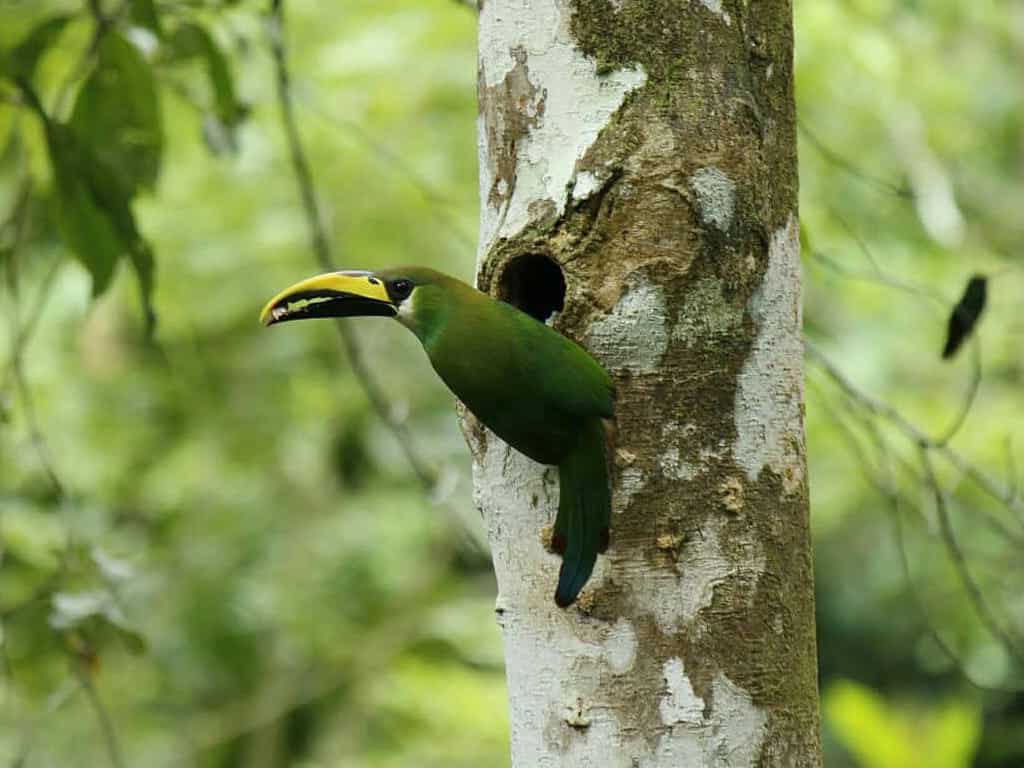
Located just 12 miles south of Belmopan City, along the Hummingbird Highway, St. Herman’s Blue Hole National Park hosts 575 acres of jungle waiting to be explored. The park is known for the popular sapphire-coloured cenote and St. Herman’s Cave, however, less explored are the well-maintained trails that makes bird watching very accessible.
8. Ambergris Caye and Caye Caulker
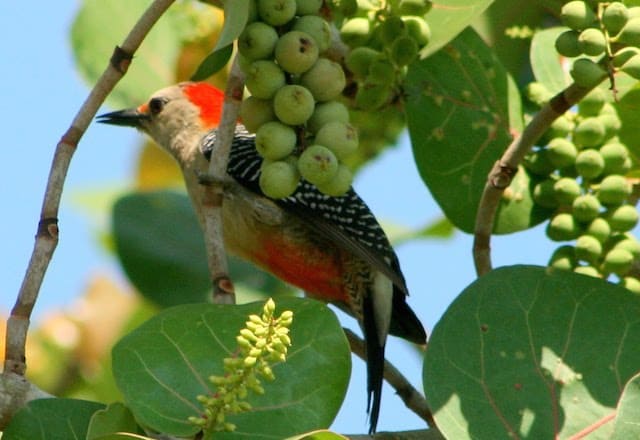
Of all the bird habitats in Belize, the littoral forests on Ambergris Caye and Caye Caulker are possibly the most endangered due to rapid tourism development. Caye littoral forests benefit the Black Catbird and White-crowned Pigeon, which are both listed as near-threatened species. The Mangrove habitat and the abundant sea grape trees also attract many other birds.
9. Half Moon Caye Natural Monument
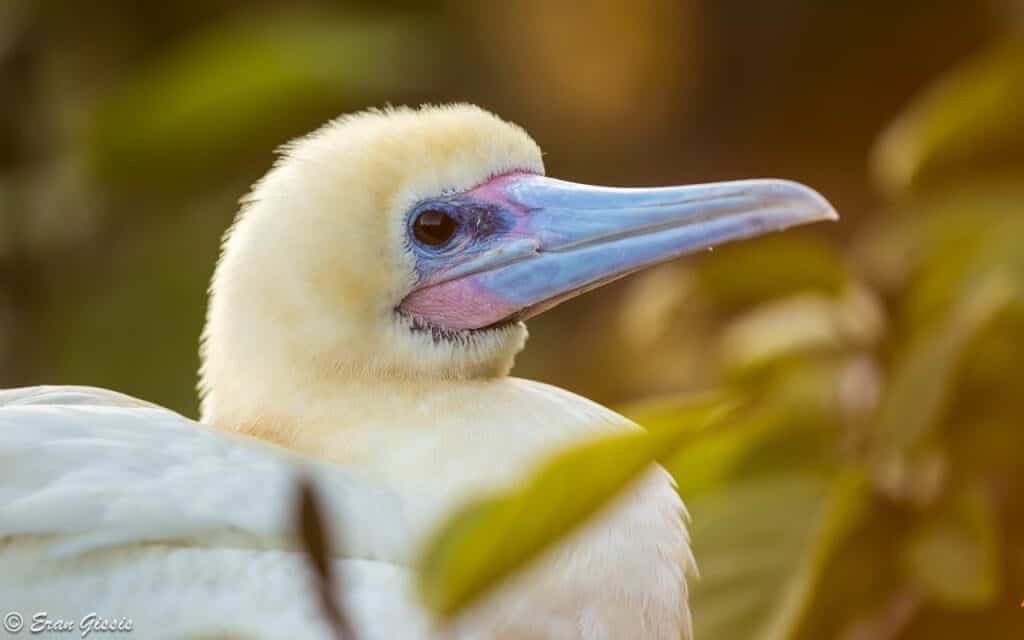
Declared a crown reserve bird sanctuary in 1928, Half Moon Caye is the oldest site for wildlife protection in Belize. On the caye, there is a colony of Red-footed Boobies, an estimated 4,000 birds, almost entirely made up of white morphs with black on the trailing edge of the wings.
10. Red Bank Village
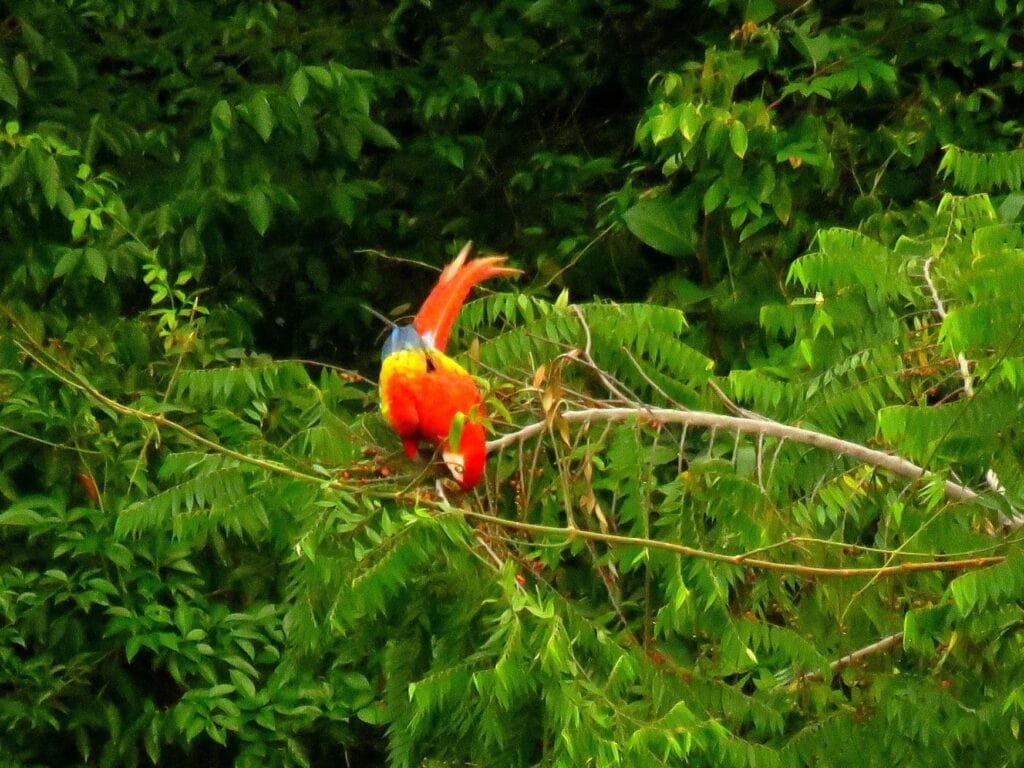
From November or December to March, the magnificent Scarlet Macaw flocks to the small Maya Village of Red Bank in Stann Creek. As many as 100 wild parrots can gather near the village to feed on the sweet, ripe fruits of the ‘annatto’ and ‘pole wood’ trees. This region is also known for hosting flocks of other tropical birds year-round, such as the toucan, which is Belize’s national bird.
Best Time for Birding
The best time for birdwatching in Belize is all year round. Due to the warm weather, most native Belize birds can be spotted throughout the year. However, from December to April, local resident birds are joined by migratory birds that are escaping the North American winter, so it’s a good time to see both Central and North American birds on the same trip. And during Belize’s summer months, which can be rainy, other migratory birds come from South America.
The majority of bird watchers and birding group tours come to Belize from January to April, however, this may have more to do with the fact that it is the tourism high season (aka Belize’s dry season) than it being the best time for birding in Belize.
Where to Stay
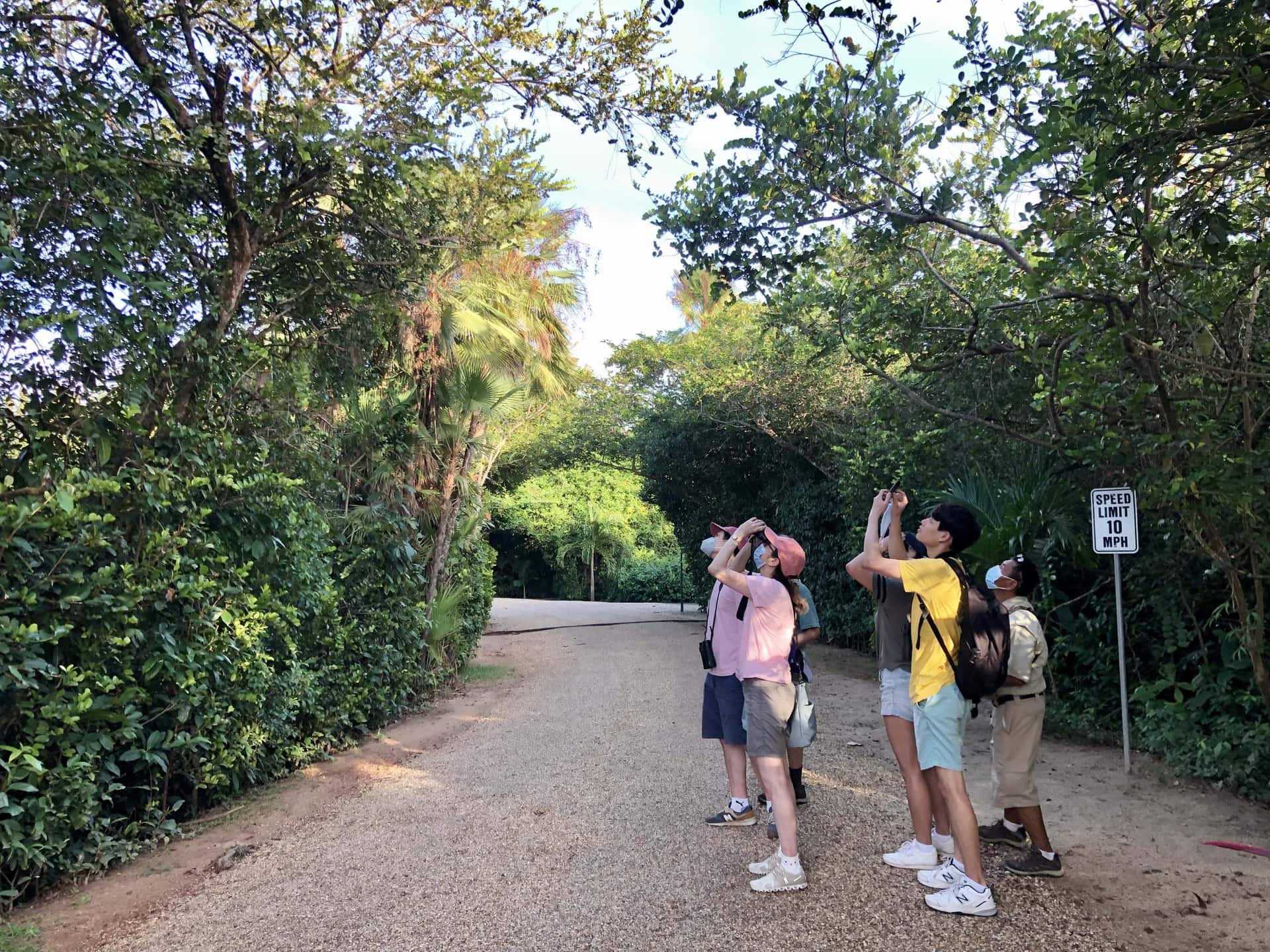
Birdwatchers visiting Belize don’t particularly need to stay at birding-specific resorts and lodges, however, staying at places that cater to birders ensures access to top bird guides, packaged tours, and on-site birding opportunities. A few resorts and lodges that I recommend include:
High-end Birding Resorts
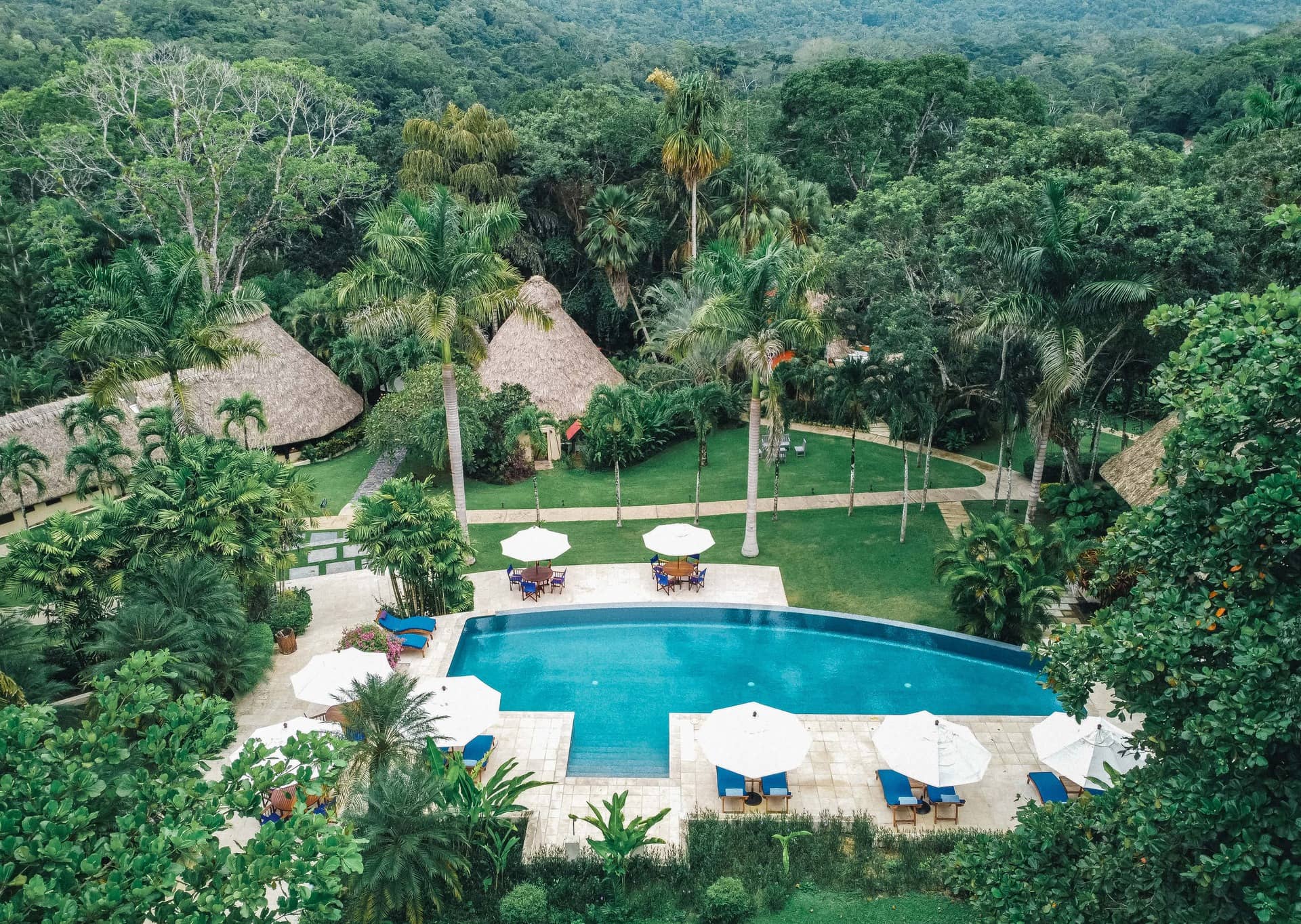
- The Lodge at Chaa Creek‘s 400-acre nature reserve offers a wide range of exciting activities, including some of the best birding in Belize. To date, over 350 species of resident and migratory birds have been spotted onsite.
- The secluded Chan Chich Lodge is a renowned destination for naturalists, birders, and for those seeking an authentic retreat deep in the Belizean jungle.
Budget-friendly Birding Resorts
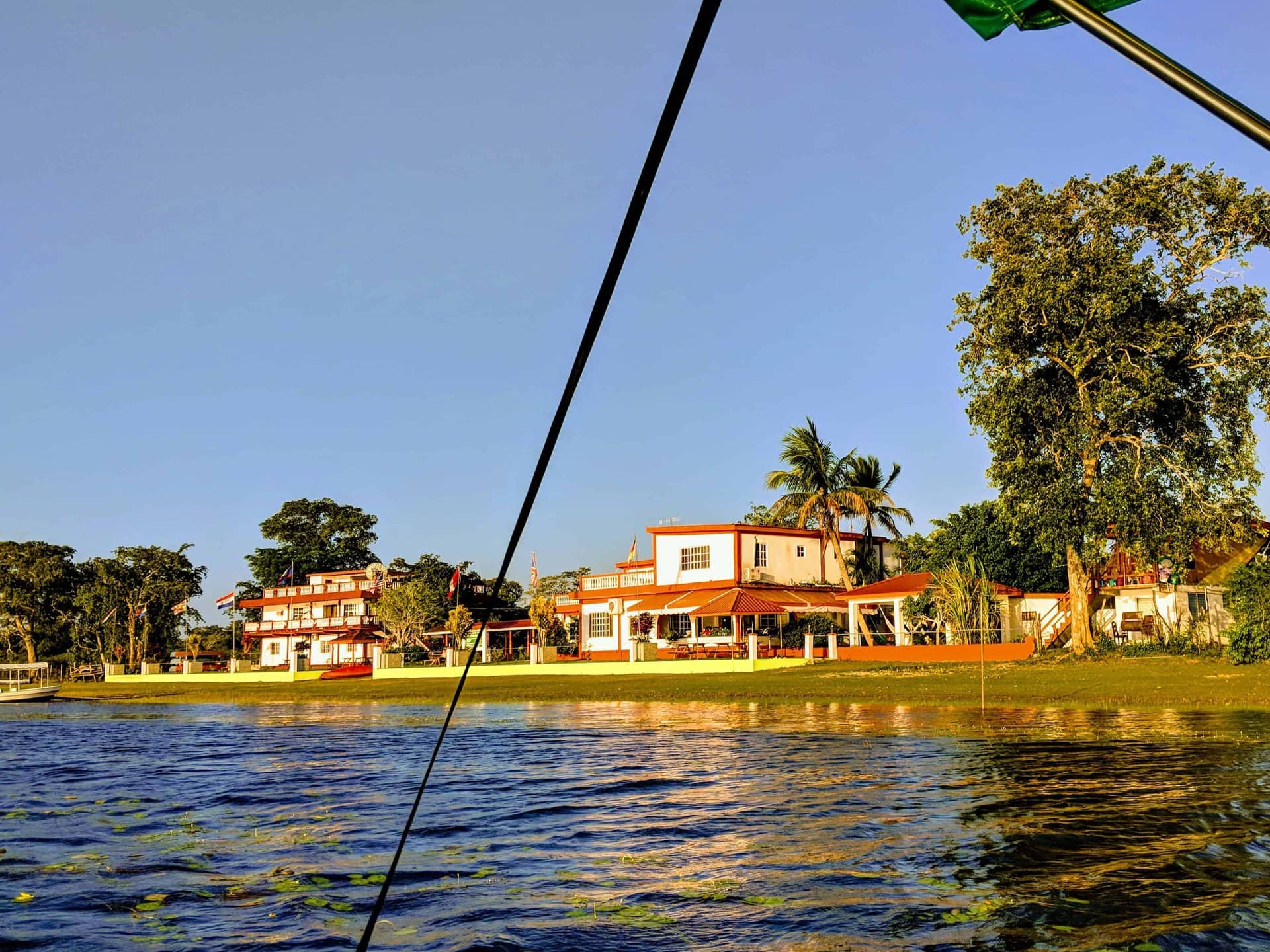
- Birds Eye View Lodge is one of the oldest and best-rated locations in Crooked Tree Village. The quaint lodge is located right next to the lake making it easy to spot birds.
- For a “rugged” experience deep in the jungles of northwestern Belize, Programme for Belize offers an extraordinary opportunity to spot wildlife and birds.
If you enjoyed this article, please consider sharing it so that others that are into birding can come across it.
